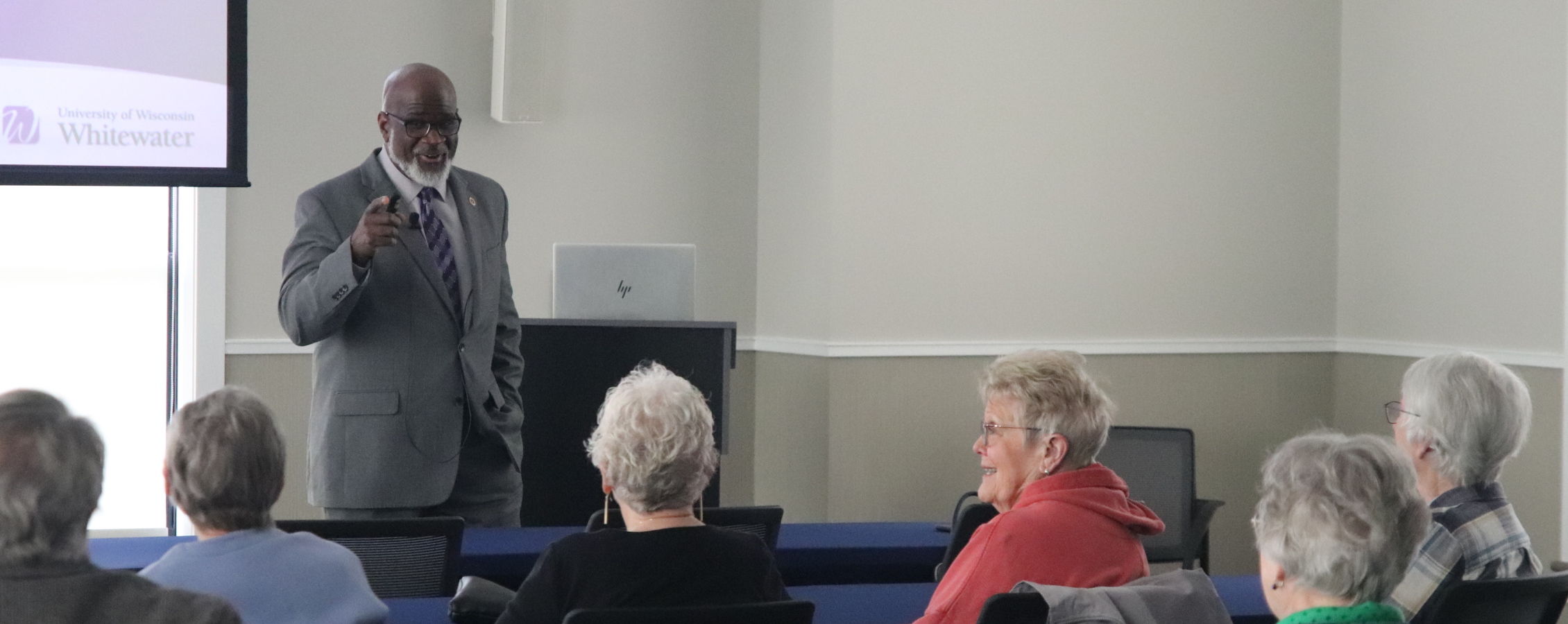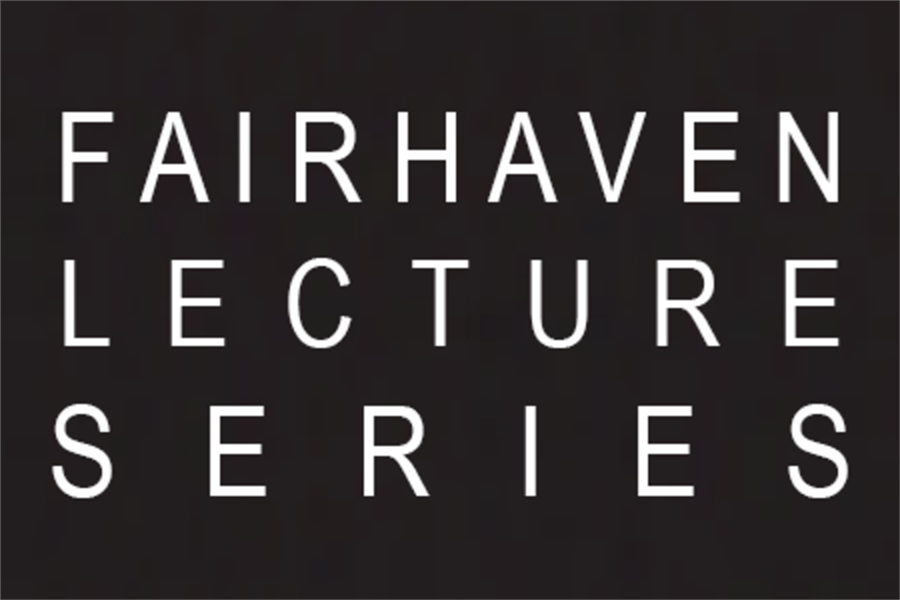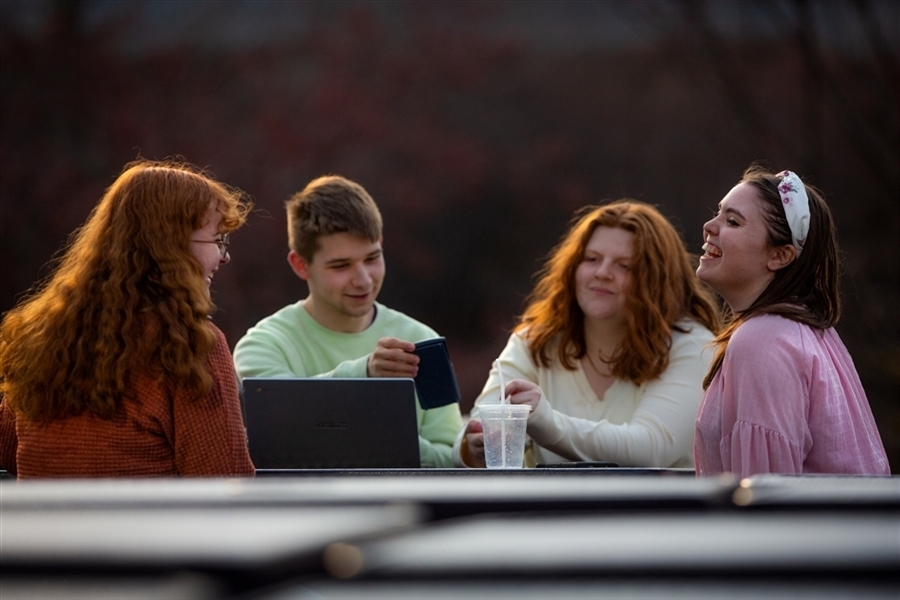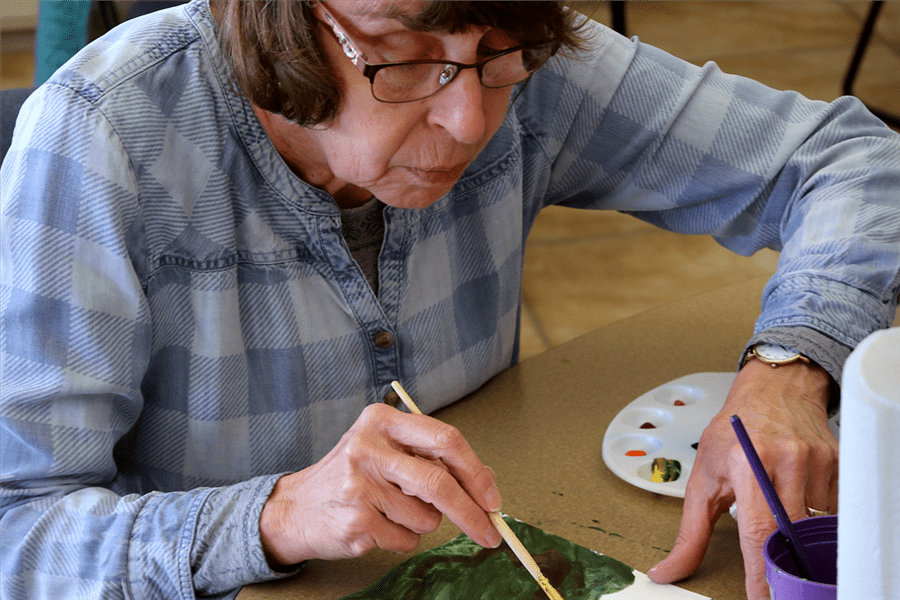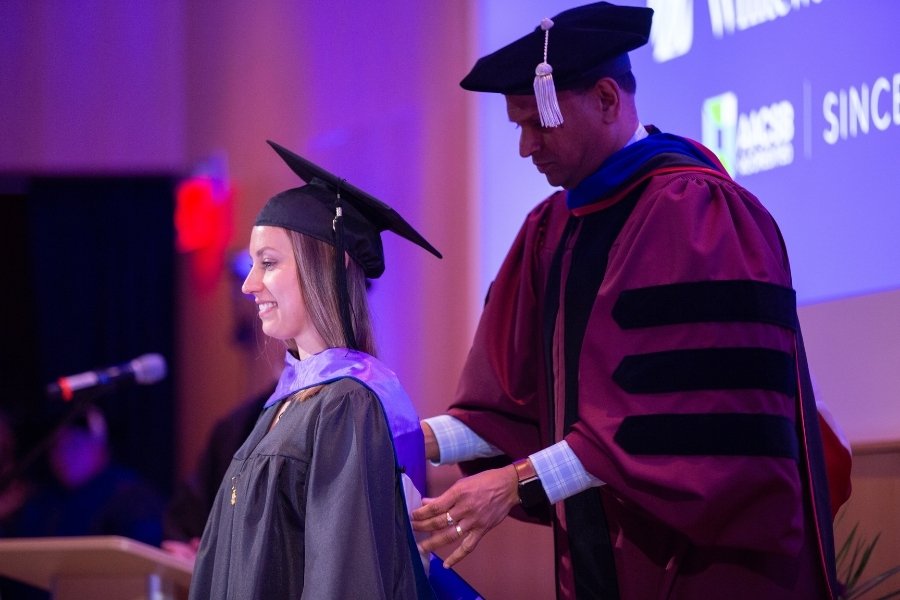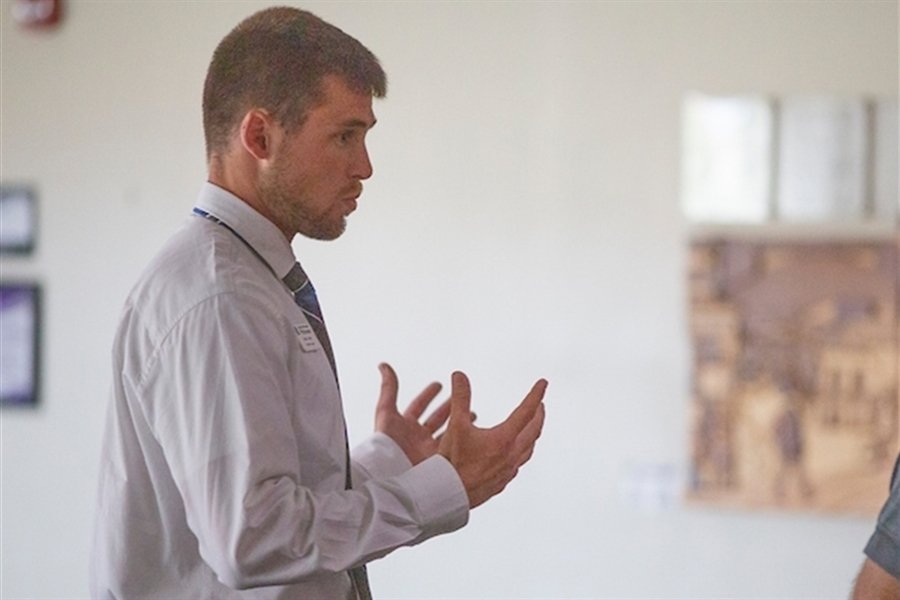The Art and History of Black Muslims in Early America
Muslims have been present in the territory that became the United States for centuries. It is estimated that among the Africans forcibly brought to and enslaved in America, approximately 10–20% were originally Muslim. While information about this often-unrecognized portion of the enslaved population in American history can be difficult to recover, a few extraordinary individuals emerge through art and material artifacts, including Yarrow Mamout (1736–1823), who, after being freed, was known to sing praises to God through the streets of the nation’s capital and whose portrait was painted by revered American artist Charles Wilson Peale; and Omar Ibn Said (1770–1864), who died enslaved and whose story we know through his autobiography that survives in the Library of Congress, the same institution that preserves the copy of the Qur’an owned by Thomas Jefferson.
Presented by Ashley Dimmig, Director, Crossman Gallery
Thursday, March 16, 2023, 2:00 pm


